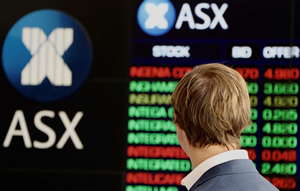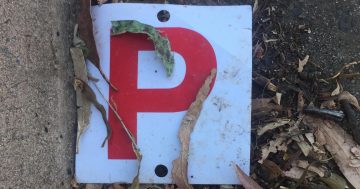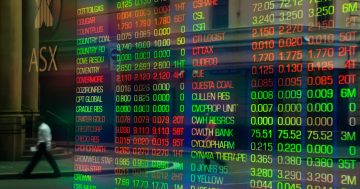Peter Switzer* presents his best stock market strategy for the seriously inexperienced.
 The question I don’t often get from people who aspire to build their wealth is: “How do I make a start on investing in the stock market?”
The question I don’t often get from people who aspire to build their wealth is: “How do I make a start on investing in the stock market?”
Instead I get this ‘questionable’ question: “Have you got a tip on a good stock that I can make some money on?”
Those sorts of people usually show me that they’re inexperienced and treat the stock market like a day out at the races.
And sure, you can do that if you want to play stocks for fun, but if you want to build serious wealth, then it’s wise to create an investment strategy.
A serious plan for the seriously inexperienced
What follows is what I call the serious stock and wealth-building plan for the seriously inexperienced share market player.
By the way, this same plan works for the very busy person, who’d like to commit to a set-and-forget stock investing plan that really works.
The problem of taking a hot stock tip is that so many things can go wrong – and these things tend to outnumber the things that can go right with a hot tip.
For example, if you were tipped Afterpay when it started, or even just after it crashed, with all other stocks with the coronavirus last year, you would’ve been lucky.
However, if someone tipped you Nuix, when it was $8 after listing and then went to $11 before falling to $2.33, well you would’ve been a victim of a hot tip that went really cold!
I try to avoid hot tips. Instead I like great companies that have stood the test of time, when the market goes scared and crazy.
Example? Last year when CBA was $60. It’s now over $100.
And then there was Xero at $65 after the March 2020 crash.
Two years before when it was $40, I tipped it when I was asked on the Sky Business Channel for a stock worth holding for 10 years.
It’s now $135. That was a good tip based on a great company.
Here’s the full breakdown
So what is my serious investment strategy/tip for the seriously inexperienced?
Here it is in a nutshell:
- Step 1: Decide how much you can save each month or quarter.
- Step 2: Understand what an exchange traded fund based on the Australian stock market’s S&P/ASX 200 Index is. (I’ll do that below.)
- Step 3: Commit to buying this ETF on a regular basis.
Don’t worry if the market goes up and down because history has shown this should go up and down on a rising trend.
History shows this ETF should rise in value by 10 per cent a year over a decade, despite some years having some crazy big sell offs.
- Step 4: Keep the faith!
For instance, $10,000 invested in 1970 in an ETF for the top 200 companies (which an ETF groups together in one ‘stock’ or fund) turned into $453,166 – one year after the market crashed 50 per cent in 2008!
ETFs with the ticker codes IOZ, STW or A200 give you our top 200 listed businesses in one trade.
You’re effectively investing in Australia’s business future.
That’s something you can buy from an online broker, set-and-forget or keep contributing to.
But you must have faith in this plan when stock markets crash, as they do bounce back.
Australia’s businesses, like an ETF based on these businesses in the stock market, will bounce back.
Of course, this is more risky than a Government guaranteed bank deposit, but at current and even historical rates, these bank products will never make you wealthy.
Unlike my serious investment plan for the seriously inexperienced.
*Peter Switzer is one of Australia’s leading business and financial commentators, launching his own business more than 25 years ago.
This article first appeared at au.finance.yahoo.com.











